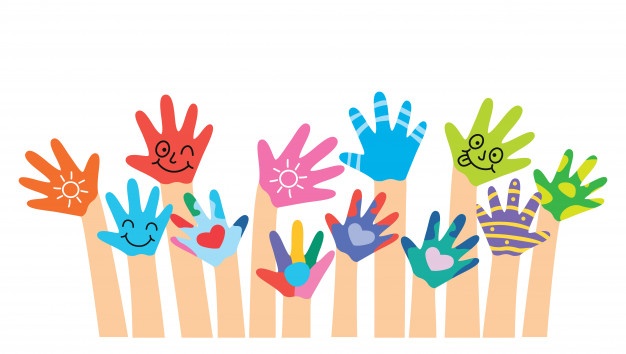Park, Jakyung (JK) (Occupational Therapist)
Page Navigation

Fine Motor Activities for Home
-
Please refer to the following activities to increase fine motor skills while at home.
Remember to let your child do as much of the activity/task as possible and help only when absolutely necessary. Keep the activities light and fun!
1. For promoting appropriate pencil grasps use the child's favorite coloring pages or characters:
- Using shorter pencils
- Using broken 1-2" crayons
- Coloring activities with shorter crayon
2. Pre- scissoring skills include:
- Using tweezers to pick up small items
- Using a turkey baster to blow cotton balls
- Tape paper on a vertical surface to encourage student to cut in an upright direction or tape the top end of paper to a table and cut along
- Glue paper on a CD and teach child to cut around while turning the CD to practice cuttitng around a circle
- Use squeeze or spray bottles to encourage the opening and closing of hands for scissoring (Clenaning tables spray and wipes)
3. For cutting:
- Begin cutting skills with materials that require a snip only (i.e. straws, card stock paper into 1" strips, Play-Doh, Fruit roll-ups, Licorice)
- Progress to contruction paper that is 1-2" across. Construction paper is easier to hold than regular paper as it is more sturdy
- Progress and grade activity by cutting across 1", 2", 4" and then 6".
- Vary the thickness of the line they have to cut on from 1" thick to 3/4" and 1/2" thick line
- Start with the straight lines, than progressing to curved lines, S-curved and then zigzag lines and eventually square and circle
4. Openng and closing: Any activitiy that allows the child to open and close his/her hands into a fist or a pinch.
- Clothespins, Tweezers, spray bottle, Eye droppers, or Turkey baster, silly putty
- Crumpling up the paper and shooting baskets
- Playdough, clay play
- Sress balls and squishy balls
5. To increase translation of objects:
- Stringing beads or lacing cards
- Playing with cards
- counting coins and small manipulatives
- Putting large coins in a piggy bank
- Pegboards
6. Encourage opposition of the thumb
- Unbuttoning and buttoning large buttons
- Unzipping (put things in Ziploc baggies for children to open and close such as snacks)
- Lacing edges of paper plates
- Clip clothespins on and off the edge of a can
- Pegboards
- Blowing bubbles
- Fingerplays (songs with hand movements)
7. To encourage bilateral hand use:
- String beads
- Beating two sticks
- Large puzzles
- Push-pull toys
- Locking toys: Legos, pop-up bead
- Winding: yarn, wind-up toys, kites
- Pouring from jug toa glass: pour sand, rice, beans, water
- Ripping newspaper, tearing paper
- Folding paper
- Opening/closing containers: bottle, container

 CVUSD HOME
CVUSD HOME